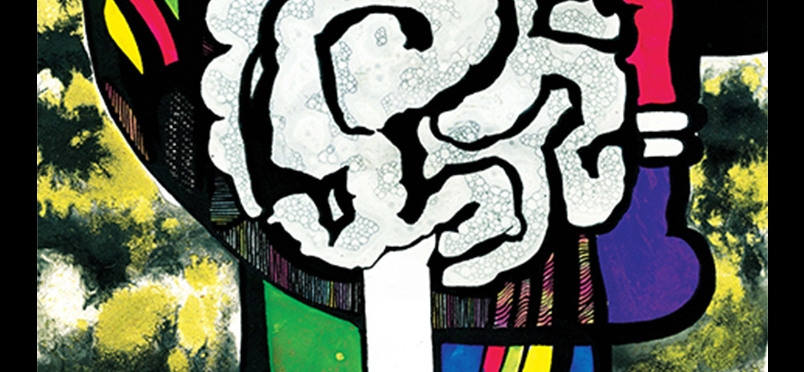| abuse
Barriers: Opioid Treatment Referrals from the Criminal Justice System

1 in 20 are Receiving Standard-of-Care Treatment Compared to Other Patients
Fewer than 5% of people who are referred for treatment for opioid abuse from the criminal justice system in the US are receiving medication assisted therapy. This finding is reported by researchers from Johns Hopkins Bloomberg School of Public Health in a study report appearing in the December edition of Health Affairs. By comparison, some 40% of patients referred for treatment from sources such as healthcare providers, employers, or individual initiative participated in medication assisted treatment. The authors suggest that this “referral gap” highlights an opportunity for positive action against abuse and misuse of opioids. Senior author Brendan Saloner, PhD, commented, “If we want to address overdose risk among the most vulnerable people while also cutting down the constant cycle of people in and out jail, we need to get more effective treatment to people in the criminal justice system.”
Medication assisted treatment for opioid abuse disorder commonly occurs in 2 forms: methadone administered through outpatient treatment programs or buprenorphine prescribed by clinicians who have obtained authorization from the Drug Enforcement Administration. In the current survey of 72,084 patients in treatment for opioid abuse, 23.4% were referred through the criminal justice system, and only 805, or 4.6%, were referred to medication assisted treatment. Lead author Noa Krawczyk, a doctoral student in the Bloomberg School Department of Mental Health, observed, “This underutilization of medications is due to many factors, including the cultural stigma that these medications are ‘replacing one drug for another’ and that recovery can only be attained through abstinence. This thinking runs contrary to the scientific evidence.” The authors suggest increased effort to educate criminal justice personnel on the benefits of, and evidence for, medication based treatment approaches.
Read a news story about the findings and recommendations.
The journal abstract may be read here.
Other Categories:
Did you enjoy this article?
Subscribe to the PAINWeek Newsletter
and get our latest articles and more direct to your inbox
